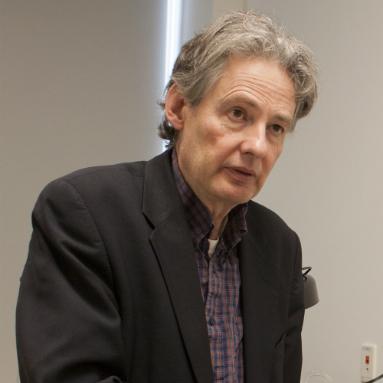

Christopher R. Lambert, Ph.D. is a Research Associate Professor with appointments both in the Bioengineering Institute and the Chemistry and Biochemistry Department. He is the Associate Director of the WPI Bioengineering Institute. He is co-founder of Active Surface Technologies a research company dedicated to the development of specialized molecular films. Professor Lambert earned a Ph.D. from the University of Paisley in Scotland, and spent two years in a post-doctoral position at the Center for Fast Kinetics in Austin, Texas. He then spent five years in Manchester, UK at the Christie Hospital and Holt Radium Institute. In 1993 he joined the Harvard Medical School, Wellman Laboratories of Photomedicine and in 2000 joined Argose Inc., a research company focused on the development of a non-invasive glucose monitor. Professor Lambert’s interests include the use of molecular films as sensors, for tissue integration and for neuroprosthetics. He also has an interest in the use of time resolved spectroscopy for imaging and diagnostic applications. He has published over 50 peer-reviewed journal articles and has several patent applications.
Scholarly Work
M.M. Stanton, R.E. Ducker, J.C. MacDonald, C.R. Lambert and W.G. McGimpsey. Super-hydrophobic, highly adhesive, polydimethylsiloxane (PDMS) surfaces. J. Coll. Inter. Sci. (2012) 367(1) 502 – 508
E. Milkani, C.R. Lambert and W.G. McGimpsey. Direct detection of acetylcholinesterase inhibitor binding with an enzyme-based surface plasmon resonance sensor. Anal Biochem. (2011) 408(2) 212 – 219.
E.F. Douglass, P.F. Driscoll, D. Liu Deli, N.A. Burnham, C.R. Lambert and W.G. McGimpsey. Effect of electrode roughness on the capacitive behavior of self-assembled monolayers. Anal. Chem. (2008) 80(20) 7670 – 7677.
C.R. Lambert and I.E. Kochevar. Electron transfer reactions of the rose bengal triplet state. Photochem. Photobiol. (1997) 66(1)15 – 25.